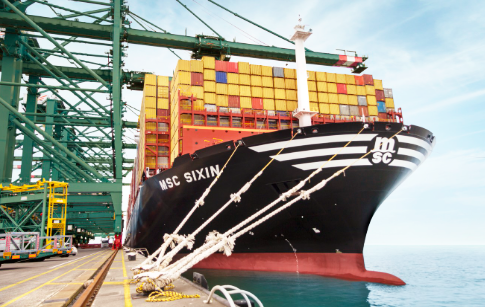If the Red Sea route is "disrupted", global inflation may reignite
After the United States and the United Kingdom jointly launched a large-scale attack on Yemen, the situation in the Red Sea region did not cool down, but sharply heated up. Market watchers pointed out that shipping companies may further prolong the decision to bypass the Red Sea route, which will cause shipping costs to soar. If the disruption to Red Sea trade routes continues, it could lead to a resurgence of global inflation.
The Red Sea crisis triggered a global chain reaction of freight rates, in addition to soaring rates from Asia to the European Mediterranean, the cost of shipping from Asia to the United States has also risen sharply. According to S&P Global Market Intelligence, container ships have been forced to circumnavigate the Cape of Good Hope, causing a ripple effect on freight rates. The Suez Canal is a vital trade route between Europe and Asia, and since the conflict between Israel and Hamas broke out last October, the price of a 40-foot container from North Asia to Europe has soared 600 percent to $6,000.
At the same time, the cost of shipping a 40-foot container from North Asia to the eastern United States has jumped 137% since the beginning of October last year to $5,100, while the cost of shipping a 40-foot container from North Asia to the Western United States has also jumped 131% to $3,700. Jp Morgan warned that if global transportation costs continue to rise, it will lead to higher commodity prices and consumer price inflation could increase in the coming months. That could stall the central bank's progress in fighting inflation in the coming months, undermining market expectations that the Fed will start cutting interest rates in March.



